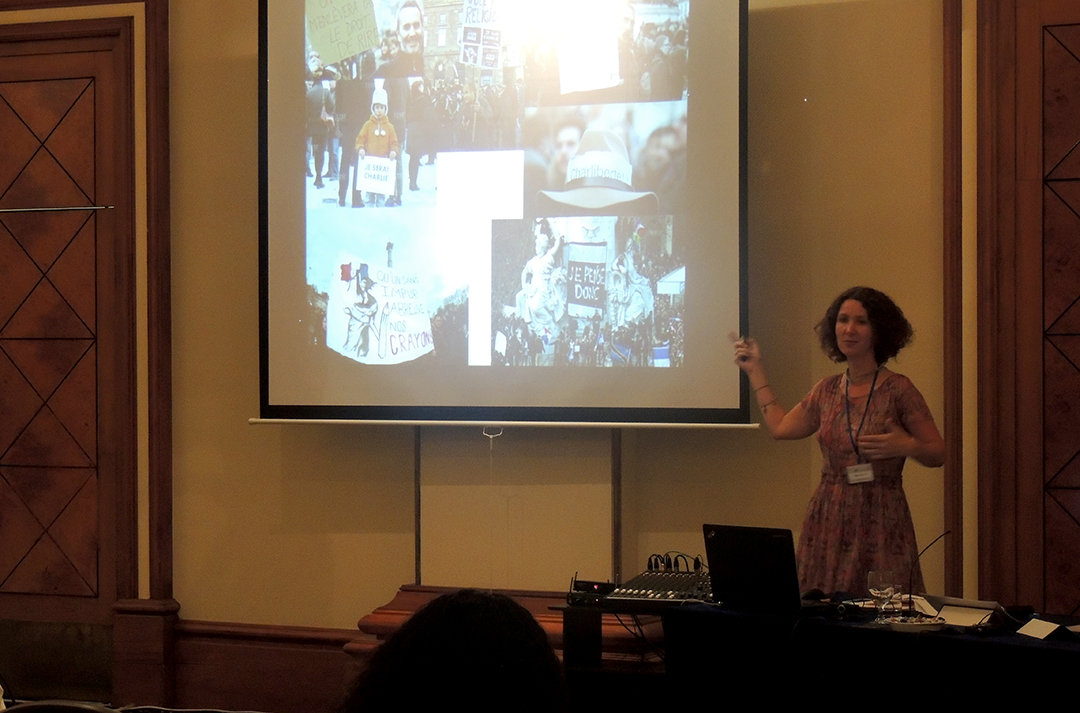Transforming engagement with cultural differences in the foreign language classroom: When learners become discourse explorers
Reflecting on how globalization is affecting foreign language teaching and learning, Kramsch (2014) advocates for “a more reflective, interpretive, historically grounded, and politically engaged pedagogy” (p. 296). Although textbooks offer opportunities to consider differences in products and practices, they rarely engage reflections on and interactions with cultural “otherness” (Byram, 1997; Kramsch, 2014). This discrepancy places on the teacher the responsibility to define topics and conceive activities that develop learners’ awareness of multiple viewpoints, a critical competence to interact respectfully and responsibly across cultures (ACTFL, 2014).
Framed within a socioconstructivist approach to learning, this presentation demonstrates how to use the mental construct of freedom to stimulate critical reflections on variations in cultural frames of reference. Freedom represents a compelling choice because although the idea of freedom exists across cultures, its mental and physical representations differ, reflecting a culturally situated vision of the world. Confronting beliefs, opinions, and feelings about what freedom means in learners’ own culture and in French culture encourages reflections on alternate perspectives. The pedagogical intervention begins by inviting learners to analyze, contrast, and reflect upon the embodiments of freedom in their native culture and in France through a series of tasks articulated around literal interpretations of the Paris metro stations of Liberté (Liberty) and République (Republic), staged and photographed by photographer Janol Apin in combination with the Delacroix painting of “Liberty leading the people.” Next, using Pinterest, learners engage in a collective ethnographic research project grounded in geosemiotics theory (Scollon & Scollon, 2003). After pinning photographs from the January 11, 2015 demonstrations following the terrorist attack on the satirical journal Charlie Hebdo, learners collaborate to analyze the slogans displayed in the signs appearing in the assembled corpus of photographs. The guided examination of the discourse and symbols used in the demonstration encourages their reflections on the social, historical, political, and cultural issues surrounding the concept of freedom of speech. A follow-up creative project provides opportunities to activate individual connections, inviting the development of cross-cultural sensitivities.
